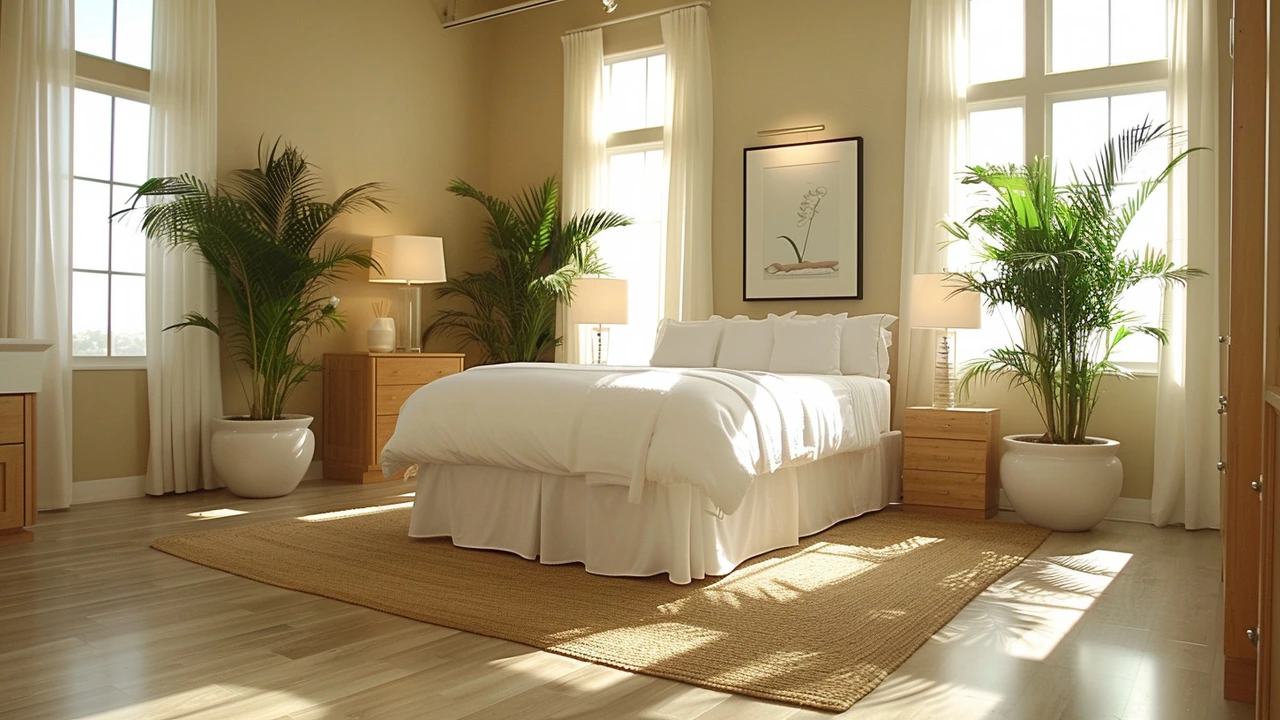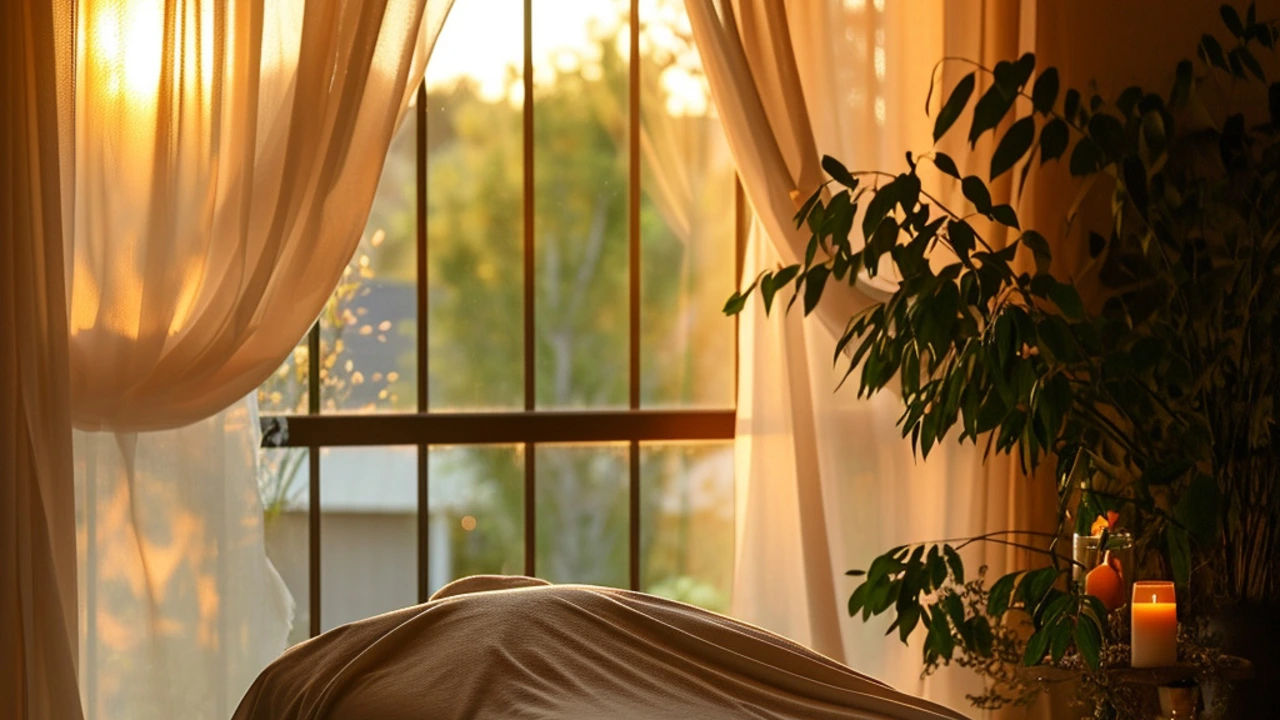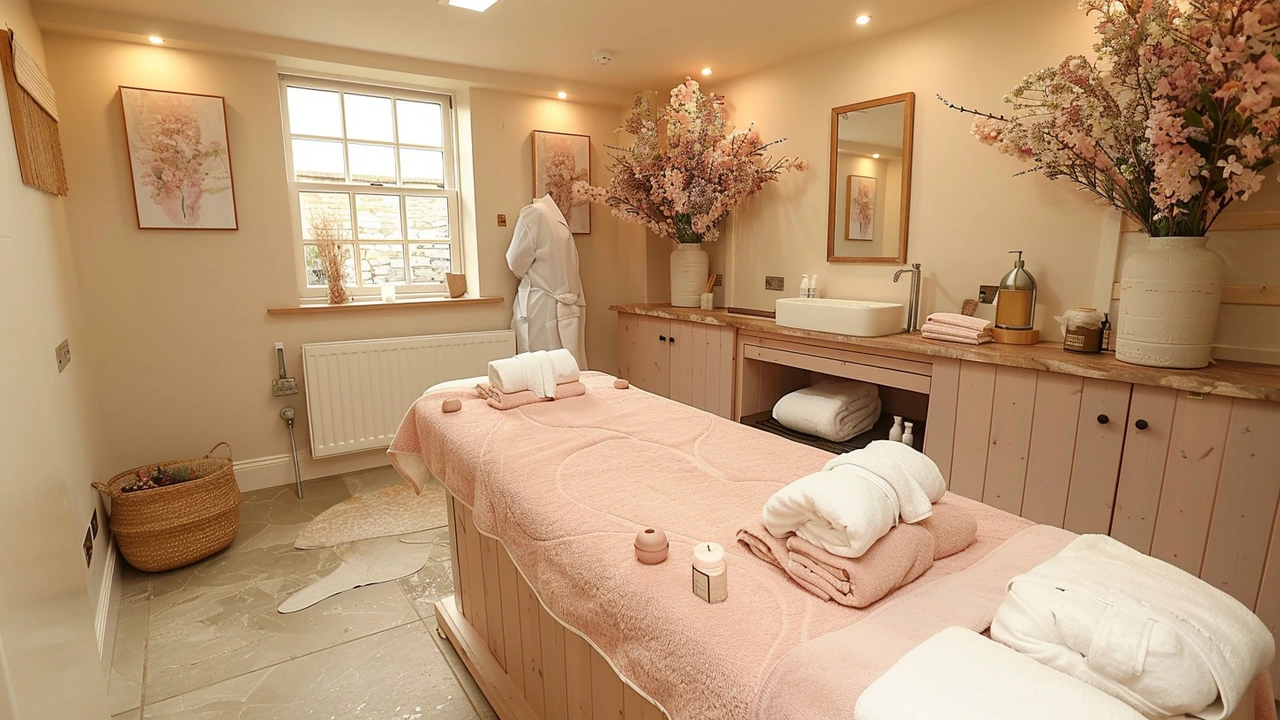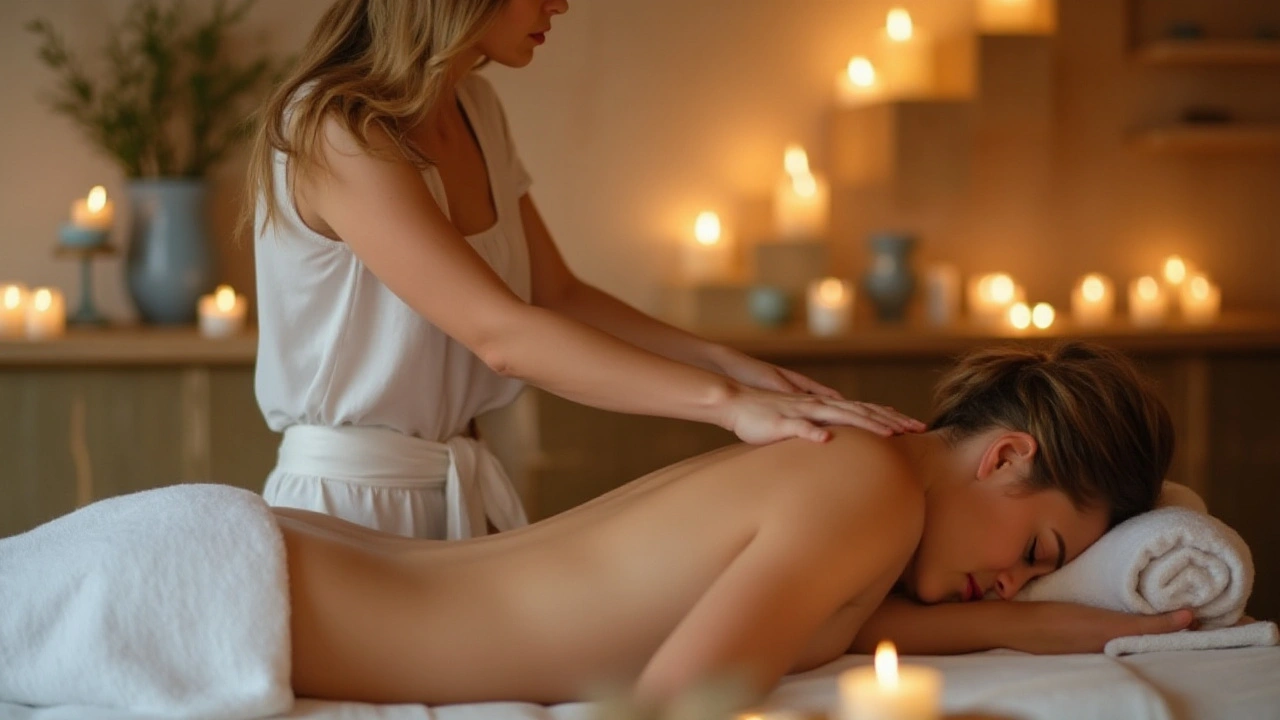Unlocking the Benefits of Reflexology for Health and Wellness
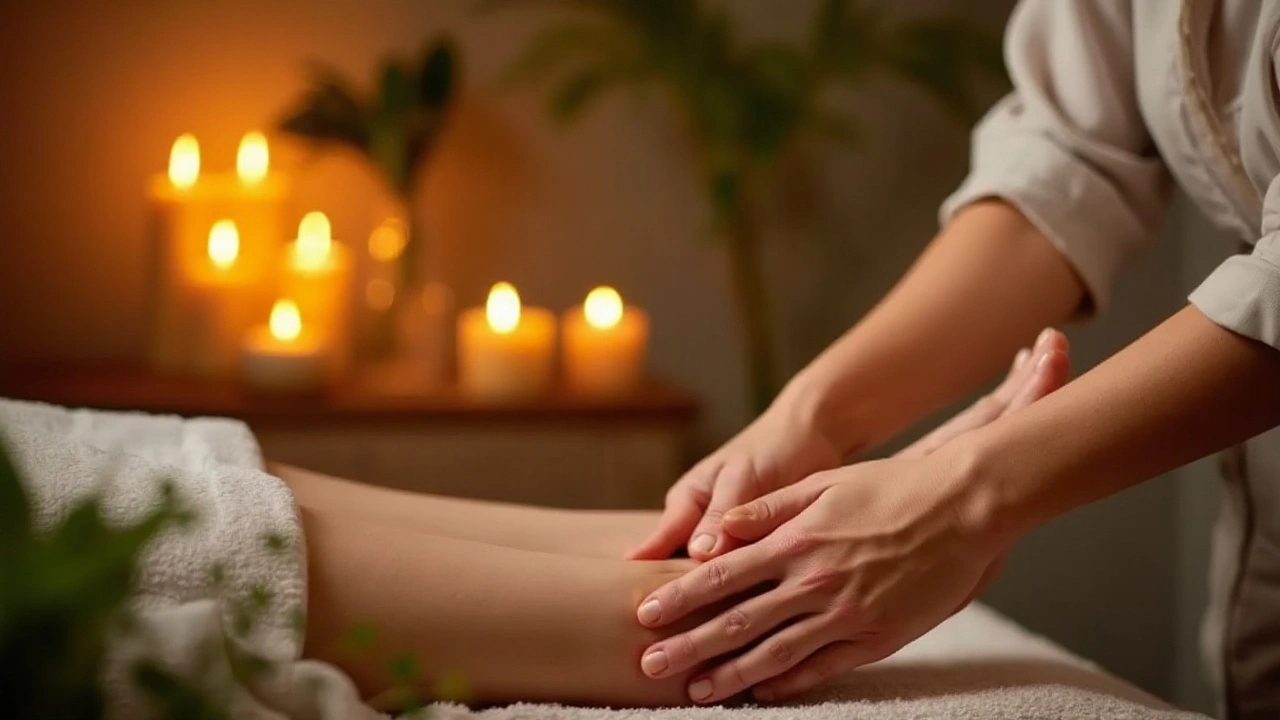
In today's fast-paced world, many individuals are exploring alternative therapies to achieve better health and well-being. One such method gaining attention is reflexology. This non-invasive therapy works on the principle that specific points on the feet, hands, and ears correspond to different body organs and systems. By applying pressure to these reflex zones, practitioners aim to stimulate the body's natural healing process.
The roots of reflexology stretch back thousands of years, with evidence pointing to ancient practices in Egypt, China, and India. Unlike some modern treatments that focus solely on symptoms, reflexology takes a holistic approach, aiming to restore balance and harmony throughout the entire body.
As more people seek therapeutic options with minimal side effects, reflexology stands out for its potential benefits. It not only helps alleviate physical pain but also addresses emotional stress, making it an appealing option for those looking for a peaceful and holistic treatment.
- Understanding Reflexology
- Historical Origins and Development
- Physical and Emotional Benefits
- Integrating Reflexology with Traditional Medicine
- Getting Started with Reflexology
Understanding Reflexology
Reflexology is more than just a foot massage, although at first glance, the practice might appear that way. It is a holistic therapy based on the principle that specific points on the feet, hands, and ears are connected to different organs and systems in the body. By applying pressure at these points, practitioners aim to promote health in the corresponding organs and systems, guiding the body towards a state of balance and harmony.
The roots of reflexology can be traced back thousands of years. Ancient Egyptians and Chinese documented practices resembling reflexology as early as 2500 B.C. This rich history of reflexology shows its enduring attraction and reflects its global use. The modern practice we know today was developed by Eunice Ingham, a physical therapist in the 1930s, who mapped out reflex points on the feet corresponding to different body parts. Her work brought reflexology to the West and laid the foundations for what practitioners use today.
Studies have shown that reflexology may offer benefits such as tension reduction and improved nervous system function. Pressing these key reflex points may reduce stress and increase relaxation, which in turn helps enhance the body's natural capability to heal. Moreover, reflexology might also help in pain management, as it is thought to influence the flow of energy, clearing blockages along the energy pathways. "The beauty of reflexology lies in its simplicity and effectiveness," as one might say, highlighting its power in both easing discomfort and promoting wellness.
How Reflexology Works
Each session typically involves pressing specific areas on the feet or hands for a prolonged period. During a session, a practitioner uses their thumb and fingers to apply pressure in a sequence that matches the traditional reflexology map. This approach is not merely about applying pressure but about understanding the unique map of the client's body. As clients lie comfortably, practitioners interpret responses such as subtle changes in the tissue and temperature to identify imbalances in the body's energy flow.
Many individuals experiencing reflexology say they feel a sense of deep relaxation. The pressure applied during reflexology sessions is believed to trigger the parasympathetic nervous system, often called the body's rest and repair system. By stimulating this system, reflexology encourages relaxation and may reduce stress responses, thereby promoting general well-being. It’s a gentle reminder that sometimes the foot knows best.
The popularity of reflexology has led to a growing number of scientific studies aimed at uncovering its full potential. While more research is ongoing, preliminary findings support the reported benefits of this therapeutic approach. This commitment to understanding reflexology not only restores faith in traditional practices but also encourages the exploration of how ancient wisdom and modern science can work hand in hand.
Historical Origins and Development
Reflexology's journey through history is as fascinating as it is diverse. This ancient practice dates back to at least 2500 BCE, with evidence rooted in the art of Egyptian hieroglyphics. Archeologists discovered pictographs in the tomb of Ankhmahor, an esteemed Egyptian official, depicting two men performing what appears to be reflexology on the feet and hands of other figures. These visual documents suggest that the Egyptians recognized the benefits of combining pressure therapy with overall healthcare practices, long before the emergence of modern medicine.
Aside from Egypt, reflexology has historical roots in ancient China and India. In China, the concept of energy pathways, or 'Qi,' has been integral to traditional medicine for centuries. The practice of manipulating the 'Qi' through reflexology mirrors the principles found in acupuncture and acupressure. Historical texts highlight that Chinese practitioners believed in stimulating specific points to encourage energy flow and balance throughout the body; these age-old techniques significantly contribute to our understanding of reflexology today. Similarly, the Ayurvedic medicine system of India, with its emphasis on the interconnectedness of mind, body, and spirit, supports reflexology's holistic nature. Ayurveda, with its focus on harmonizing these elements, has naturally absorbed reflexology into its repertoire of therapies aimed at achieving balance and health.
It wasn't until the early 20th century that reflexology started to gain structured recognition in the Western world. In 1917, Dr. William Fitzgerald, an American ENT specialist, published his work on zone therapy, which laid the groundwork for reflexology as we know it today. He proposed that by applying pressure to specific zones on the body, one could alleviate pain and improve function in other parts of the body within those zones. Fitzgerald's work was further developed by Eunice Ingham, a physiotherapist in the 1930s, who meticulously mapped the body onto the feet and hands. She is often hailed as the 'Mother of Reflexology' for her pioneering contributions that transformed zone therapy into reflexology, popularizing it across Europe and North America.
Throughout its evolution, reflexology has encountered skepticism from conventional medicine practitioners. However, its popularity and acceptance have surged due to advocacy from holistic therapists and positive anecdotal evidence from those seeking relief from chronic ailments and stress. An interesting statistic from a recent health survey indicated that more than 20% of adults in Australia, especially in urban areas like Brisbane, have tried some form of complementary therapy, with reflexology topping the list. This suggests a growing acceptance and reliance on holistic health practices in modern-day lifestyles. Today, reflexology is widely practiced across the globe, transcending cultural barriers and continuously adapting to contemporary wellness needs while maintaining its rich historical roots.
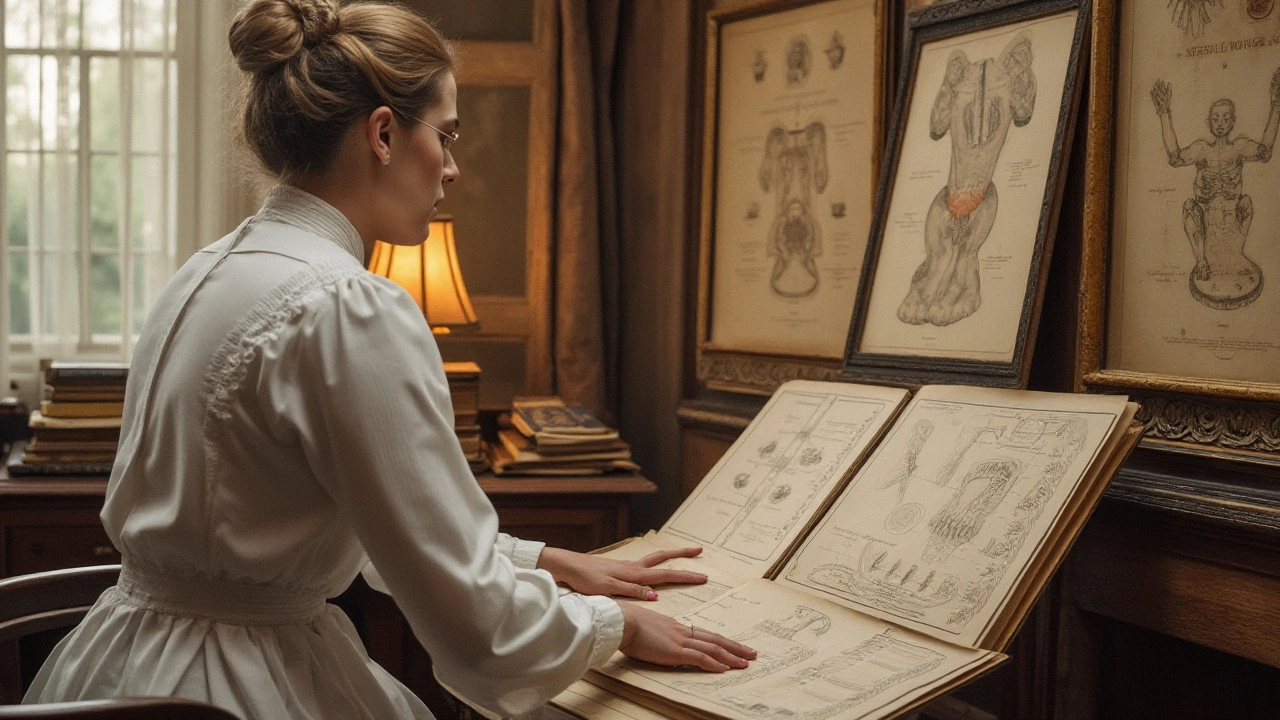
Physical and Emotional Benefits
Reflexology offers a wealth of benefits that span both physical and emotional realms. One of the most notable effects of this practice is its ability to alleviate stress and promote relaxation. When pressure is applied to specific reflex points, it triggers the body's parasympathetic response, often referred to as the 'rest and digest' state. This shift can reduce stress hormones, leading to a sense of calm and well-being. In a world where stress-induced ailments are on the rise, this benefit alone makes reflexology intriguing for many.
Beyond stress relief, reflexology is famous for its potential to improve circulation. The targeted pressure applied during sessions may enhance blood flow, contributing to increased oxygen and nutrient delivery to essential organs. This boost in circulation can lead to improved function across various body systems, aiding digestion, enhancing metabolic processes, and supporting detoxification. The result is often a feeling of increased vitality and energy.
Reflexologists have also observed improvements in pain management in individuals undergoing this therapy. Reflexology's capacity to stimulate nerve endings and boost endorphin production can have noticeable effects on chronic pain sufferers. Whether it's tension headaches, migraines, or joint discomfort, many find that regular sessions help mitigate the intensity and frequency of pain episodes. Research indicates that reflexology may activate specific pain-relief mechanisms within the brain, offering a non-pharmacological approach to relief.
On the emotional front, reflexology's benefits extend to mental clarity and emotional balance. The therapy is said to engage the body's natural healing abilities, which can lead to better emotional regulation and reduced anxiety. By promoting relaxation, reflexology may lower cortisol levels, a hormone linked to stress, and encourage the release of serotonin and dopamine, both linked to feelings of happiness and satisfaction.
According to the Reflexology Association of Australia, 'Regular reflexology sessions promote a positive transformation in emotional wellbeing by helping to soothe the mind and support overall mental health. A balanced emotional state can dramatically improve one's life quality.'
For those suffering from insomnia or disrupted sleep patterns, reflexology might offer relief. By encouraging relaxation and reducing anxiety, this practice can pave the way for improved sleep quality. Many reflexology enthusiasts report falling asleep more quickly, staying asleep longer, and waking up feeling refreshed. As getting enough restorative sleep is crucial for health, reflexology can be a valuable tool for improving sleep hygiene.
Integrating Reflexology with Traditional Medicine
The integration of reflexology with traditional medical practices is an intriguing concept that's gaining popularity among those looking for more holistic health solutions. Reflexology offers a unique complementary approach that can enrich the efficacy of conventional treatments. Many health practitioners are beginning to notice that the relaxation and stress-reduction benefits provided by reflexology can greatly enhance the body's response to standard medical interventions. This integration is not about replacing traditional medicine but augmenting it to provide a more balanced approach to health care. Patients often find that when reflexology is incorporated into their treatment plans, they experience a significant reduction in pain and stress, which can lead to a swifter recovery.
Research has shown that reflexology has a profound impact on improving circulation and promoting relaxation, both of which play crucial roles in the healing process. For instance, individuals undergoing chemotherapy for cancer might face an array of side effects that can be incredibly taxing both physically and mentally. By incorporating reflexology sessions into their treatment regimen, patients often report feeling more relaxed and less anxious, increasing their overall well-being. A study conducted in 2022 found that patients who received reflexology during their chemotherapy cycles reported a 30% decrease in pain levels compared to those who did not receive it.
For many medical practitioners, the question then becomes how best to integrate this form of holistic therapy with their existing practices. One promising approach is through interdisciplinary collaboration where reflexologists work closely with doctors, nurses, and therapists. This collaboration allows for a more tailored treatment plan, addressing not only the physical ailments but also nurturing the mind through stress-reduction techniques. For those hesitant about trying reflexology, these combined efforts highlight its potential to offer additional comfort without interfering with traditional medical treatments.
According to the British Reflexology Association, "Reflexology should be considered an adjunct to conventional care, not a replacement. Its strength lies in its ability to promote relaxation and balance, which are essential components in the healing process."
Integrating reflexology doesn’t stop at improving patient outcomes; it also provides education for healthcare providers. Understanding how various therapies can work together empowers medical professionals to offer more comprehensive care. Anecdotal evidence suggests that when doctors and reflexologists collaborate, patients experience fewer side effects from medications and report enhanced satisfaction with their overall treatment experience. To foster this beneficial integration, medical centers are now including reflexology services directly within their facilities, ensuring easy access for patients seeking combined therapies.
By adopting a more inclusive approach that appreciates both traditional and alternative methods, healthcare can evolve into a more patient-centric system. Beyond treating present symptoms, the integration of reflexology encourages preventative care and addresses the underlying stressors that often exacerbate health issues. This holistic approach is not just about treating illness – it's about creating a blueprint for sustainable health that nurtures the body, mind, and spirit.
Here is a glimpse of how reflexology and traditional medicine can work seamlessly together:
- Reflexology sessions scheduled alongside physiotherapy can improve mobility and reduce muscular tension.
- Incorporation into mental health treatment plans to support therapies aimed at relieving depression and anxiety.
- Regular reflexology sessions for patients in palliative care to enhance quality of life and provide comfort.
Embracing this complementary health practice offers a path forward to a more integrative and effective approach to wellness, ensuring that individuals receive the most comprehensive care possible.
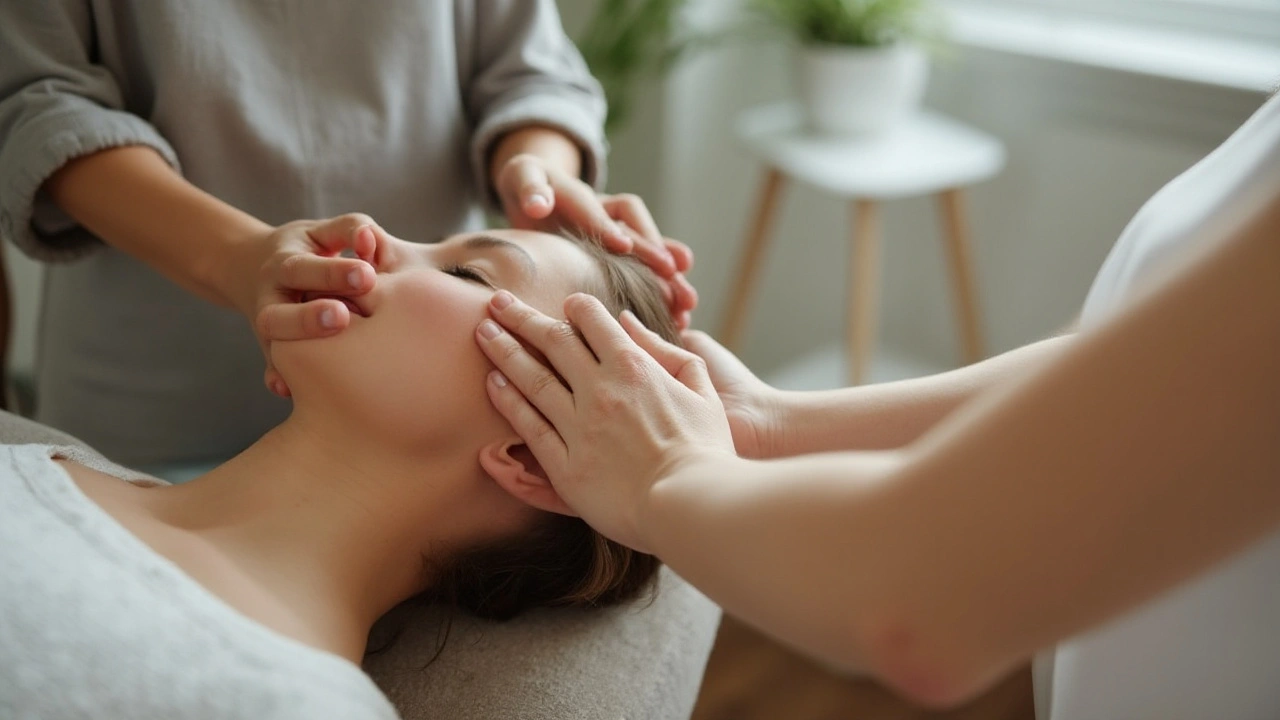
Getting Started with Reflexology
Diving into the world of reflexology can be an exciting journey toward improved health and wellness. Reflexology is a practice that anyone can begin exploring, whether you're interested in self-care or professional therapy. The first step is understanding the foundational concept: the body is mapped on the feet, hands, and ears through a series of reflex points. Each section of the foot, for instance, represents a region of the body, and stimulating these points aims to promote healing and relaxation.
If you're considering learning reflexology for personal use, start by obtaining reliable resources. Books, online courses, and workshops abound, offering insights into methods and techniques. When selecting materials to guide your learning, prioritize those endorsed by accredited associations, as they ensure that the content is accurate and valuable. For those keen on a more structured education, numerous accredited schools offer reflexology certification programs. These courses delve deeper into anatomy, practice, and ethics, emphasizing a comprehensive approach to treating clients.
Practicing the basic techniques can be done at home with minimal tools. All you need is a quiet, comfortable space, a suitable chair, and perhaps a lotion or oil to help your fingers glide smoothly. You might start by gently pressing the area corresponding to the shoulders on your hand or foot. A map found in most reflexology guides will show you precisely where to apply pressure, and you'll soon realize how each point affects different bodily sensations.
Health practitioners often combine reflexology with other alternative therapies, such as acupuncture or aromatherapy. Doing so provides a more holistic treatment, addressing multiple layers of well-being. Statistics show that integrating these practices can lead to enhanced outcomes, especially in reducing stress and improving sleep quality. Health benefits are noted not only in physical terms but also in emotional dimensions, echoing the balanced approach reflexology espouses.
"Reflexology is based on the premise that zones of the feet correspond to areas of the body, and applying pressure to these zones influences physical wellness," states the American Reflexology Certification Board. This credible affirmation highlights the essence and growing acceptance of reflexology in modern healthcare.
Finally, if you're looking to receive reflexology, your best bet is to find a qualified practitioner who can tailor a session to your specific needs. During your initial visit, discuss your aim with the therapist: whether it's stress reduction, pain relief, or simply a sense of overall balance, a good therapist will listen and customize the session accordingly. Remember, the beauty of reflexology lies in its simplicity and accessibility.

